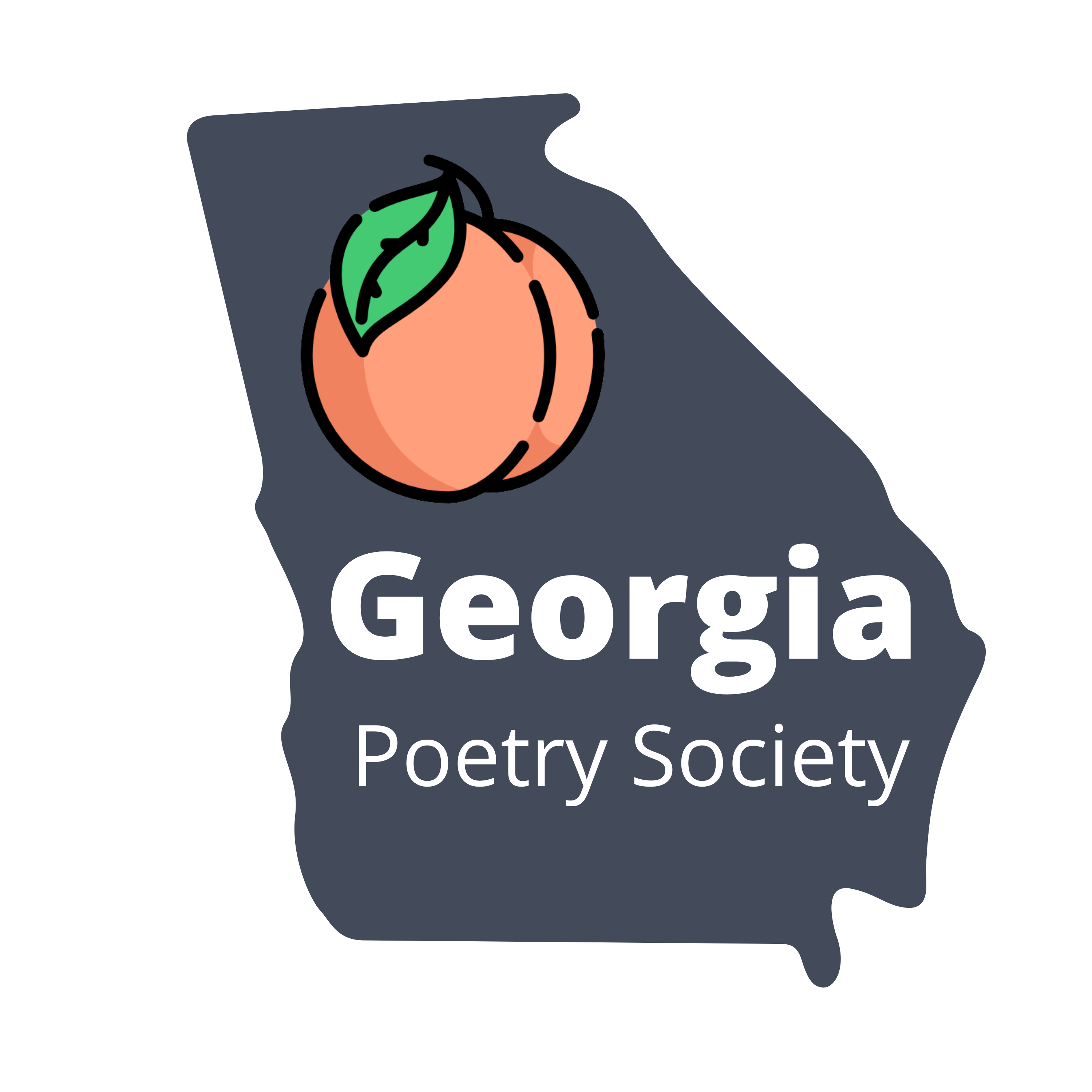Back to: Take Your Poetry Marketing to the Next Level
Why Knowing Your Audience Matters
Poetry is deeply personal—but when you want to share your work with the world, it also becomes a form of communication. And like any good conversation, it’s most powerful when you know who you’re speaking to.
Many poets make the mistake of thinking that their work is for everyone, but the reality is that different styles of poetry attract different types of readers. Some audiences love modern free verse on Instagram, while others seek out traditional sonnets in literary journals. Spoken word poetry fans often engage with performances, while haiku lovers may prefer minimalist visuals and themed collections.
Understanding your audience—what they love, where they spend time, and how they discover new poetry—will allow you to connect with the right people and build a readership that truly appreciates your work.
What You’ll Learn in This Lesson
- Why poetry audiences are unique compared to other literary genres
- The different types of poetry audiences and how they engage with poetry
- How audience preferences vary across different poetry styles and formats
By the end of this lesson, you’ll have a clearer understanding of the kind of readers who will connect most with your poetry—and the first steps toward finding them.
The Different Types of Poetry Audiences
Not all poetry readers are the same! Here are some of the most common types of poetry audiences:
1. Casual Poetry Enthusiasts
📖 Who They Are: Readers who enjoy short, accessible poetry—often on social media, in bite-sized book collections, or through visual formats.
📍 Where to Find Them: Instagram (#poetsofgeorgia), TikTok (#PoetryTok), Pinterest, Goodreads, and poetry anthologies aimed at general readers.
💡 What They Love: Emotional, relatable poetry with strong visuals and shareable content.
2. Literary & Academic Poetry Readers
📖 Who They Are: Poetry lovers who seek out deeper, more complex work—often enjoying modern and classic poetry from established poets.
📍 Where to Find Them: Literary magazines, poetry journals, academic settings, independent bookstores, and events like poetry readings.
💡 What They Love: Poetic craft, layered meaning, experimental forms, and literary criticism.
3. Spoken Word & Performance Poetry Fans
📖 Who They Are: Audience members who connect with poetry through live performance and dynamic delivery.
📍 Where to Find Them: Poetry slams, open mic nights, YouTube, TikTok, and spoken word podcasts.
💡 What They Love: Performance-driven poetry that engages with rhythm, spoken expression, and cultural issues.
4. Niche Poetry Communities
📖 Who They Are: Readers who enjoy poetry focused on specific themes, such as nature poetry, LGBTQ+ poetry, feminist poetry, or spiritual poetry.
📍 Where to Find Them: Online poetry communities, themed poetry collections, college interest groups, poetry workshops, and special interest groups.
💡 What They Love: Poetry that resonates deeply with their interests, values, and personal experiences.
Actionable Steps: Finding Your Ideal Poetry Audience
1️⃣ Research 3 poets who write in a similar style or theme as you. Study their audience:
- Who follows them?
- What kind of engagement do they get?
- Where do they publish their work?
2️⃣ Make a list of adjectives that describe your ideal reader.
- Are they introspective? Outspoken? Nature-loving? Political?
- Think about what emotional connection your poetry creates.
3️⃣ Write a short audience persona.
- Example: “Samantha is a 28-year-old artist who loves free-verse poetry and spoken word performances. She follows poetry pages on Instagram and frequently attends poetry readings in her city.”
4️⃣ Engage with potential readers.
- Comment on a poet’s social media post.
- Join an online poetry group and introduce yourself.
- Share a small piece of your poetry with a thoughtful question.
Lesson 1 Assignment
📝 Write a 250-word reflection on your ideal poetry audience. Include:
- What type of reader is most likely to appreciate your work?
- Where do they spend time online or in-person?
- How can you start engaging with them this week?
Key Takeaways from Lesson 1
✅ Different poetry audiences have different reading habits and preferences.
✅ Finding your audience means understanding who will resonate most with your themes and style.
✅ By identifying your audience early, you’ll be able to market your poetry more effectively without feeling lost or overwhelmed.
